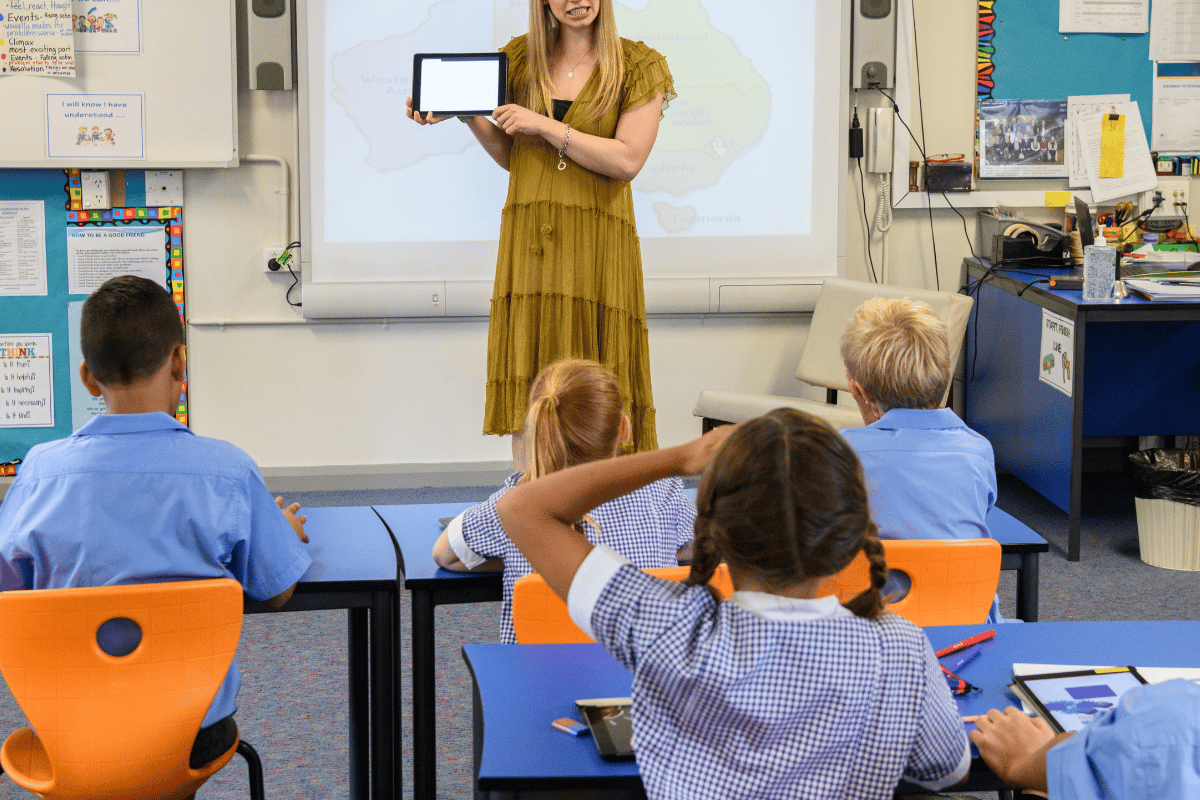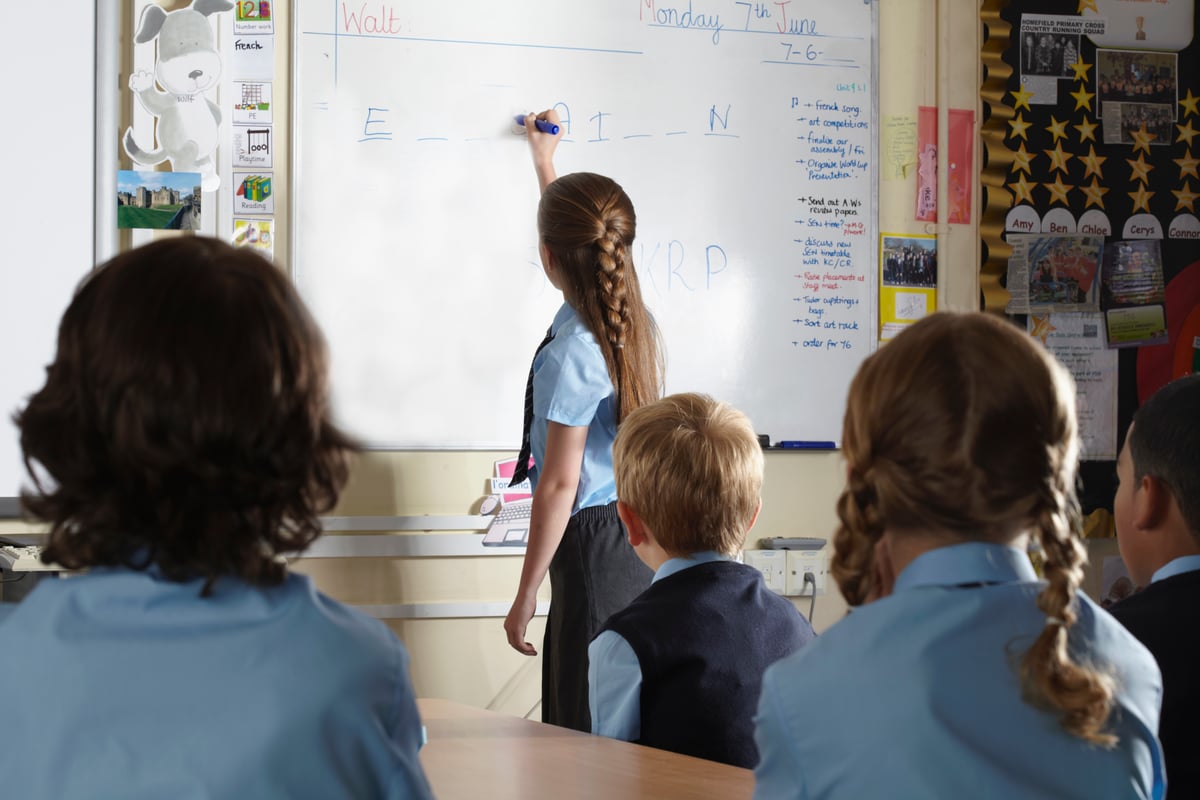
I recently wrote about why I wasn't returning to teaching in 2025 after a long career. In short: it is the data. It consumes and destroys too much time, energy and creativity. Not just for teachers — but for children.
I've lost my passion for teaching because it feels more like guiding factory workers toward KPIs than what I signed up for 20 years ago: a quest to "light the fire of lifelong learning instead of filling the bucket."
This is a direct quote from my very first job application because, in 2004, the Australian educational philosophy was that for students to achieve their potential, we had to move away from memorised learning of facts and figures, and instead, strive for students' genuine engagement, with an emphasis on their personal interests and wellbeing.
Watch: The one task this teacher refuses to do. Post continues after video.
Since then, we've shifted focus and the current philosophy is: do whatever it takes to improve the data. Measure, and measure, and measure until you find out what they can't do, then make them do it.
One comment on my original story shocked me because it really summarised this practise of relentless data collection:






























































































